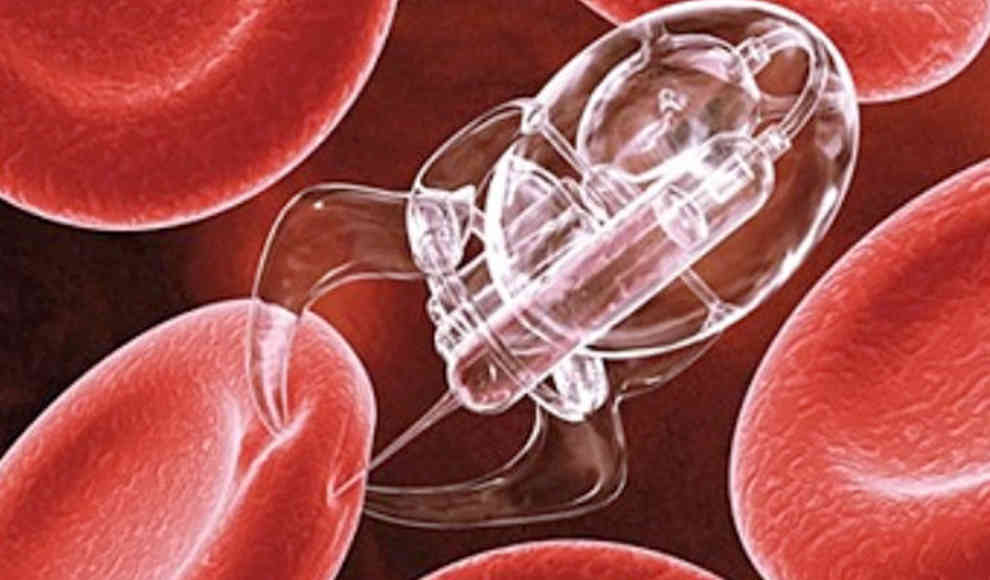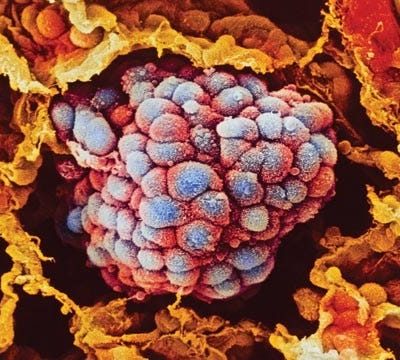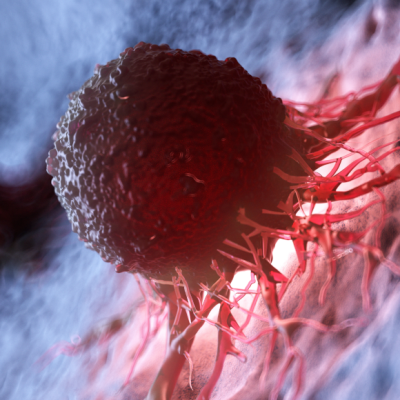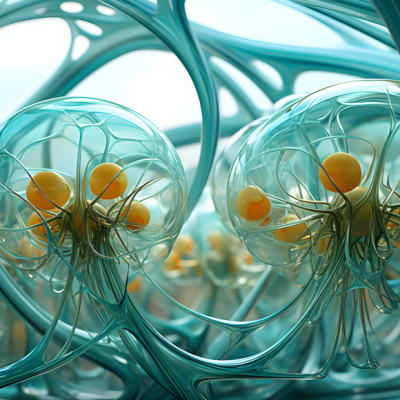A new breakthrough in cancer research has been made by scientists at the Cancer Research Center of the University of California. They have developed a particle called Nanoporphyrin, which has the ability to stop the growth of malignant tumors and can be used as a carrier for contrast agents and targeted chemotherapy. The versatility of these artificial messenger particles has been published in the scientific journal Nature Communications. Yuanpei Li, a researcher at the Cancer Research Center, explains that Nanoporphyrin can be used for targeted treatment of cancer, unlike traditional chemotherapy which can harm healthy tissue. The particles can be activated by targeted heating, such as laser treatment, and have been shown to kill cancer cells and stop tumor growth in animal experiments.
The Nanoporphyrin particles are made up of harmless polyethylene glycol and specific porphyrin particles, which combine to form a molecule in the nanoparticle range (20 millionths of a millimeter in diameter). Once they reach the affected area, they can be activated by targeted heating, which releases oxygen and kills cancer cells. In addition to carrying cancer drugs, the particles can also be used as carriers for contrast agents to locate and diagnose cancer cells. The versatility of these particles is expected to enable future treatments and motivate other researchers to explore the potential of nanotechnology in cancer research.
Although the potential of Nanoporphyrin particles is promising, it will still take several years of research before they can be used as an accepted treatment standard for patients. However, the breakthrough is a significant step forward in the fight against cancer and offers hope for more effective and targeted treatments in the future.










